For short-term crops like lettuce, which are harvested within 6 to 7 weeks, a “set it and forget it” approach, where the water isn’t changed, might be feasible.
However, for longer-term crops such as tomatoes that need a full growing season, or herbs that are harvested continuously, it’s important to change the water in your hydroponic system. This practice supports both plant health and food safety by preventing nutrient imbalances and minimizing the risk of pathogens in the water.
There are two ways to go about it, either via a complete or partial change-out. Let’s talk about each of them.
Complete Change-out
For crops like tomatoes that grow over a longer season, you might need to completely replace the hydroponic nutrient solution one or two times. This is because nutrient-enriched water can attract algae and bacteria, which could harm plant health, particularly in systems that lack aeration.
When you change the water, make sure to keep these in mind:
- Old water is full of nutrients. Instead of pouring it down the drain, use it to water plants in your garden or houseplants to recycle the nutrients.
- Clean the container thoroughly with soap and water, and make sure to rinse it out well to remove any soap residue.
- Refill the container with fresh water and add the appropriate amount of nutrients, ensuring that the level is such that only about half of the plant roots are submerged. This helps prevent root rot and ensures that the roots also get enough oxygen.
Partial Change-out
In hydroponic systems, there’s always a reservoir for storing water, which could be as straightforward as a bucket or a more complex tank connected to drip lines and hoses in advanced setups.
Over time, as plants absorb water and it evaporates, you’ll need to replenish the water level in this reservoir to maintain the proper volume for your system’s functioning.
This process of adding water to the system is known as topping-off and is essential for maintaining consistent water and nutrient availability for your plants.
However, your method will slightly vary depending on the type of hydroponics system that you have.
Deep Water Culture Systems
If you’re starting your plants in a deep water culture hydroponic system, make sure that the bottom of your pot and the growing medium are in contact with the nutrient solution. As your plants grow and their roots extend, they will consume water which will cause the water level to decrease.
This reduction is crucial for the health of your plants; fully submerged roots can lead to issues such as oxygen deprivation. Ideally, aim to have only about half of the root mass in contact with the water to ensure they receive adequate oxygen.
The frequency at which you’ll need to add water to maintain this balance depends on the number of plants in your system, their growth rate, and their water consumption. As much as possible, monitor the water level regularly and add water as needed to ensure that approximately half of the root system remains submerged in the nutrient solution.
This practice helps maintain healthy root function and supports overall plant health.
Other Hydroponics System
If you’re using a system other than DWC, you’ll have to go this route instead.
Whenever you add water to your hydroponic system, it’s important to also add nutrients according to the recommended concentration provided on the product label.
For instance, if the instructions indicate adding 1 teaspoon of nutrient solution per gallon of water, ensure that every gallon of fresh water you introduce into the system is mixed with 1 teaspoon of the nutrient solution.
Additionally, maintaining the correct pH level in your hydroponic system is crucial for optimal plant health and nutrient uptake. Regularly check the pH level each time you add water and nutrients, and adjust as necessary to keep the pH within the ideal range for your plants.
This practice helps ensure that your plants can efficiently use the nutrients in the water, which can contribute to their healthy growth and development.
Dealing with Insects
Insect issues in hydroponic systems can vary based on whether you’re growing indoors or outdoors.
Outdoor hydroponic plants are safe from soil-borne pests but can still be affected by foliar insects similar to garden plants. On the other hand, pests like thrips, mites, aphids, and whiteflies can be problematic for indoor plants due to the lack of natural predators and favorable indoor conditions which can lead to rapid reproduction.
Regardless, sanitation is key in managing insects in hydroponics. Here are some tips that might help you:
- Avoid introducing outdoor plants directly into your hydroponic setup to prevent pest transfer.
- Carefully inspect any store-bought plants for pests and diseases before integrating them into your system.
- Use fresh starting materials like potting soil or grow cubes and clean water.
- Start with sterilized containers and equipment, and thoroughly clean and sanitize your system between plantings.
- Consider harvesting all plants at once if insect infestation becomes significant, to interrupt pest life cycles.
- Keep your hydroponic setup away from other houseplants to minimize pest spread.
- Regularly check for pests using visual inspection or yellow sticky traps. Remove heavily infested plants to prevent spread to others.
- For non-flying pests like mealybugs, mites, or aphids, physically remove them with a cotton swab dipped in diluted dish soap and water.
In commercial or educational settings, biological control with beneficial insects or nematodes is often employed and can be effective in home hydroponic systems, especially in enclosed spaces.
Releasing beneficial insects under controlled conditions can help manage pest populations naturally.
Plant Disease Management
While hydroponic systems are soil-free, plants are still vulnerable to diseases like powdery mildew, downy mildew, and root rots. As such, you have to implement preventative measures in order to maintain a healthy hydroponic garden.
To achieve that, you want to keep these tips in mind:
- Use Disease-Free Seeds – Ensure seeds are free from disease. When saving seeds, choose only from healthy plants and consider a hot-water treatment before planting to kill any pathogens.
- Maintain Cleanliness – Thoroughly clean and disinfect all containers, pots, and tools between uses to prevent disease spread.
- Personal Hygiene – Wash your hands thoroughly before and during your work with the hydroponic system. If using gloves, wash or change them when moving between different plants.
- Temperature Control – Keep the growing area warm, ideally above 65°F, especially during the seed germination phase.
- Ensure Proper Ventilation – Avoid overcrowding your plants. Adhere to the spacing guidelines provided on seed packets and consider using a fan to improve air circulation around the plants.
- Manage Water Levels – Ensure roots have access to oxygen by avoiding overwatering. Roots should touch the water but not be fully submerged to prevent root rot.
- Regular Monitoring – Regularly inspect your plants for signs of disease and promptly remove any that appear unhealthy.
By following these practices, you can minimize the risk of disease in your hydroponic garden and promote the growth of healthy, vibrant plants.

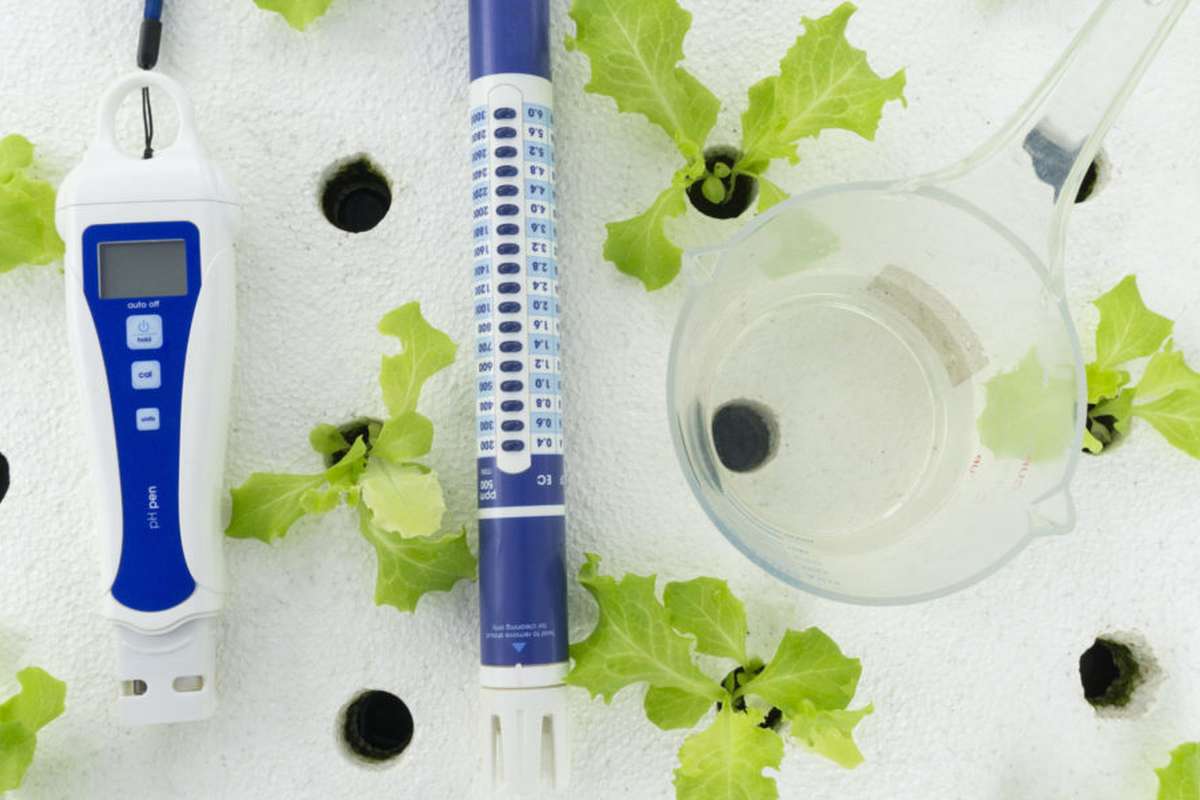
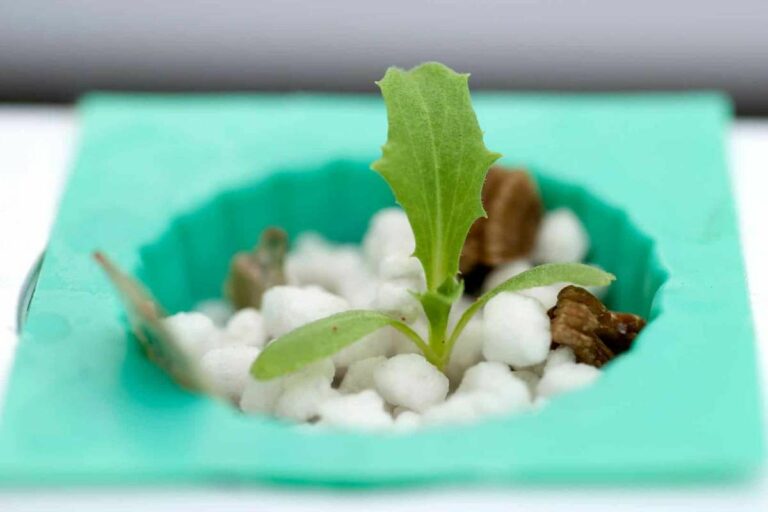
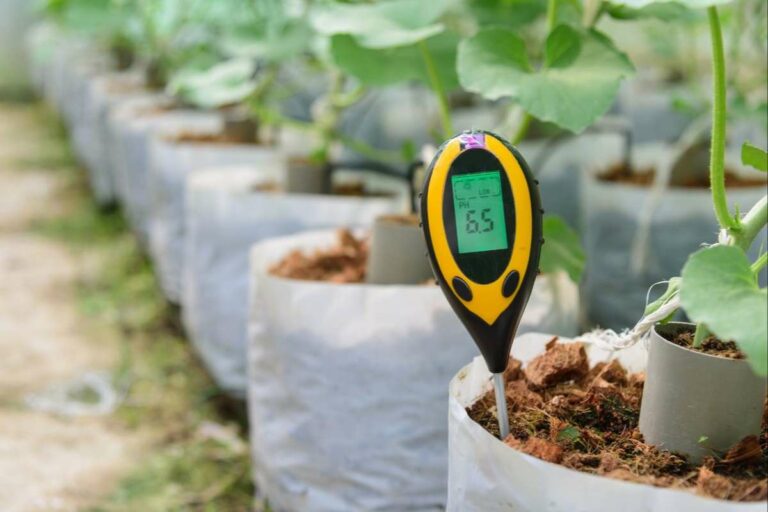

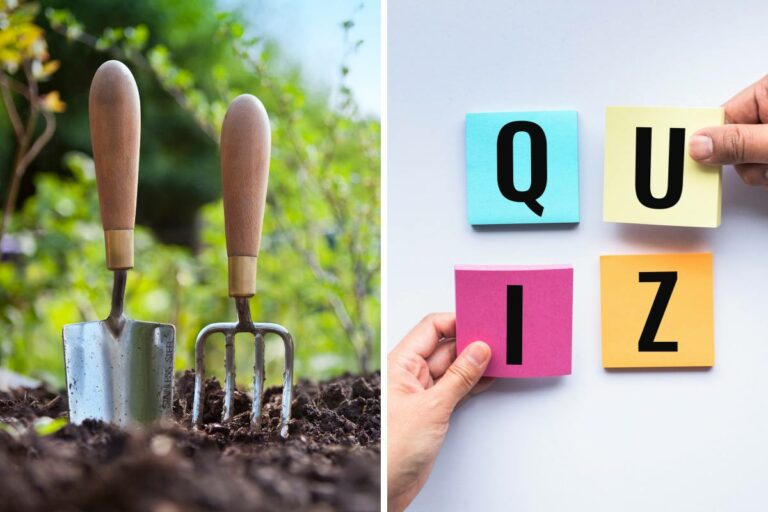
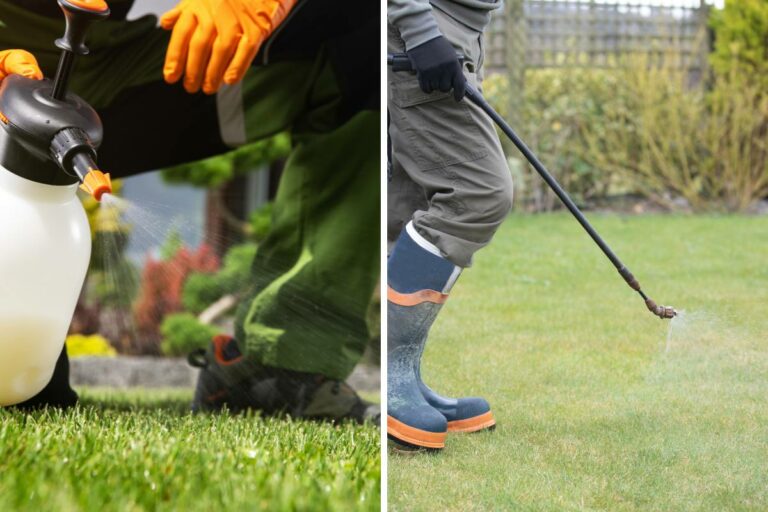
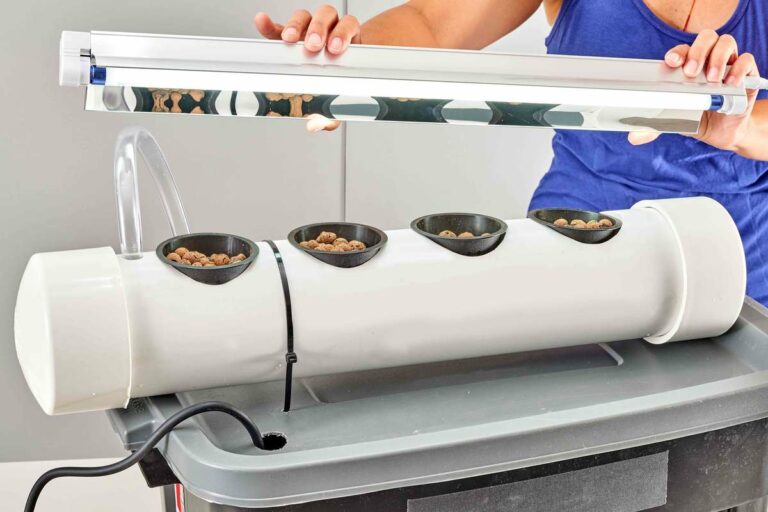
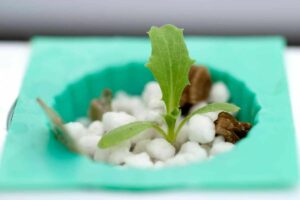
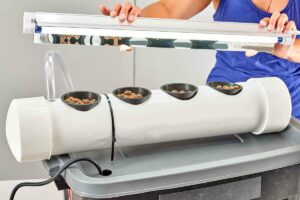
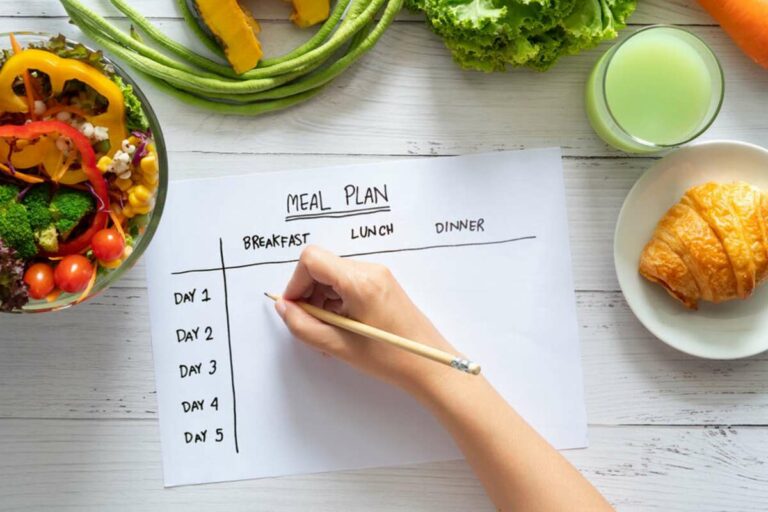
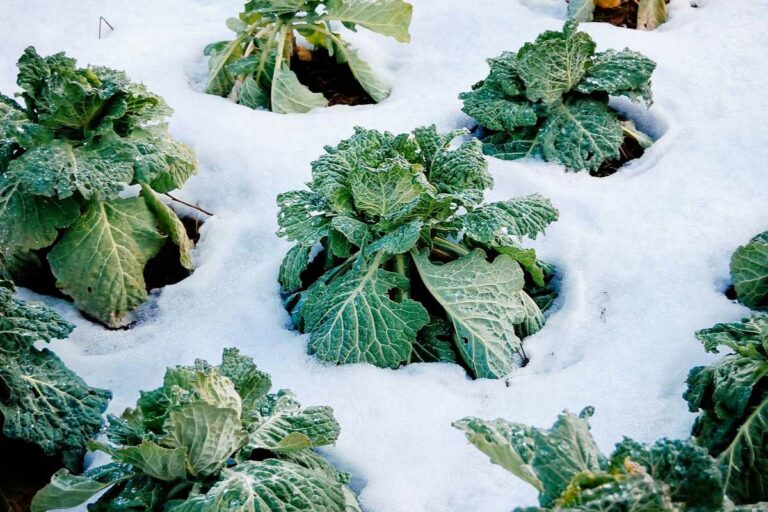
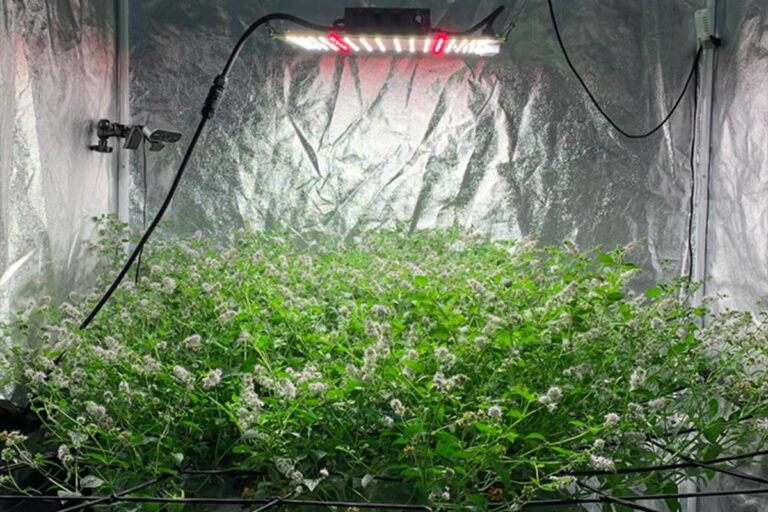

+ There are no comments
Add yours